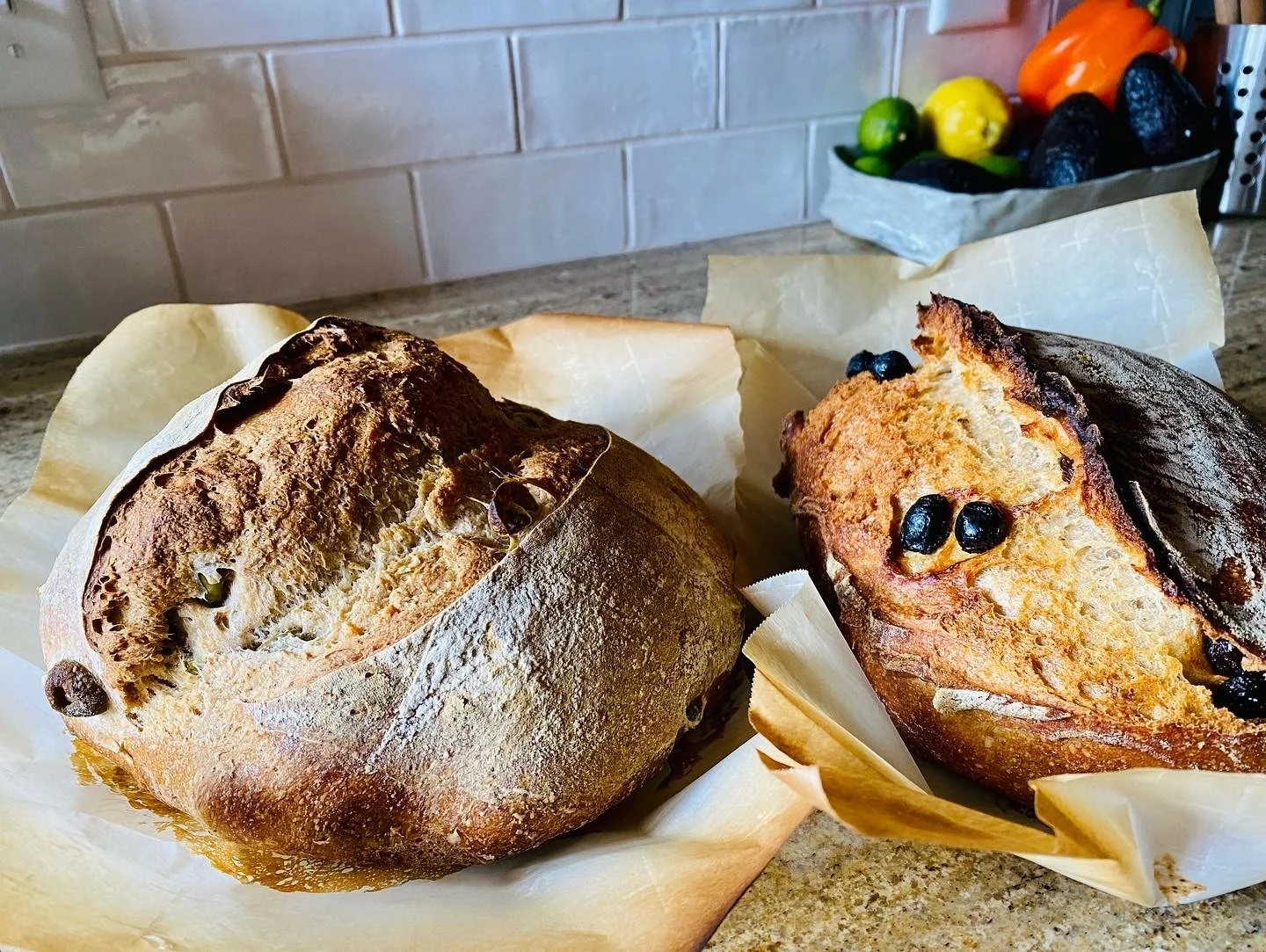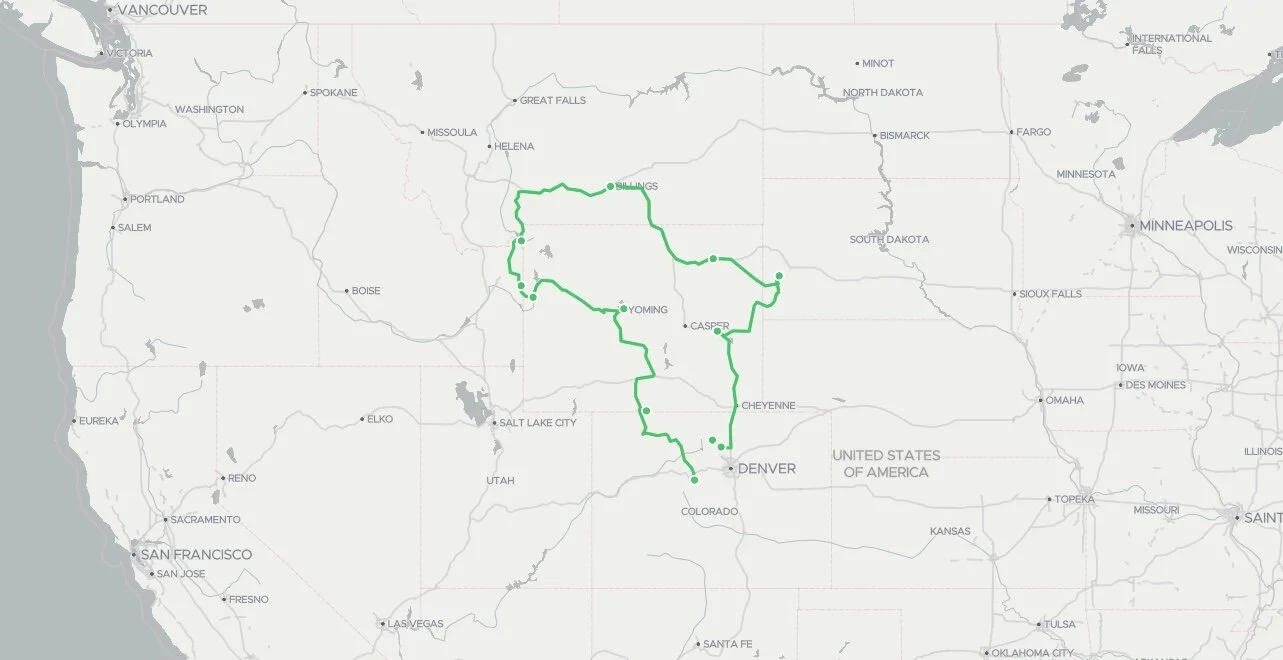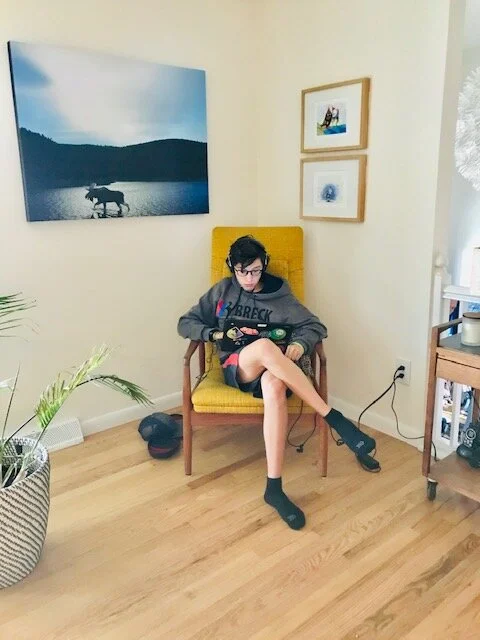Rescue Center Costa Rica; Volunteering for a week
In Costa Rica, I had the opportunity to volunteer at a Rescue Center. There were numerous centers in Costa Rica, but not all of them allow minors to stay by themselves, something I was looking for. We reached out to several centers, and only a few reached out. This one allowed me to go without any problems. The only issue we had at first was that you have to do at least one week of staying there, and we were unsure if this would be too much time by myself. There were something like 40ish volunteers in total, of all ages (although mostly younger people) and places. Everyone was super nice and friendly. All in all, there was a really great vibe to all the volunteers. The sleeping arrangements were a bit spread out, with some people in very large tents (large enough to fit two bunk beds), and others in cabins, and then rooms in a house. I got a cabin with screen walls and two bunk beds. I only shared the cabin with one other boy, just a little bit older than me himself. Although our days were filled with working and taking care of the animals, we had plenty of time to talk among volunteers. We played volleyball in the pool, cards at night, and sometimes they had karaoke! We had three meals a day, at precisely 8 am, 12 pm, and 6 pm. The breakfast was always gallo pinto with eggs (traditional Costarrisense/Nicauraguense meal of rice and beans), but lunch and dinner were always different and of all sorts of cuisines. There were hamburgers, pasta, fish, Costarrisense food, and more.
They introduced this young two toed sloth to a new enclosure
Now, to the animals. Since there were so many animals, they had to split them up into “Zones” so that you knew where to go and which animals to feed. In total, there were 4 zones, along with the sloth team (unfortunately for me, you have to stay at least two weeks to join sloth team) and the construction team. Here are all of the animals;
Zone 1; the birds (parrots, parakeets, aracari/toucanet, and macaws)
Zone 2; the deer, rabbits, raccoons, porcupine, ocelot, coyote, and kinkaju
Zone 3; the oncilla (a cat that looks very similar to an ocelot but is smaller), white-faced monkeys, coatis, an isolated raccoon (the other ones had been picking on him), pacas, and the birds of prey.
Zone 4; Spider monkeys, wild pigs, and turtles.
Then they had the sloths in the very back of the center. Volunteers can see them, but are encouraged to be quiet around them.
This was my schedule for the entire week;
Day one;
The introduction tour helped give us the lay of the land. It was about an hour and an entire tour of the place. We saw all the animals, including the sloths. There was a meeting at 1:30 where they discussed various things in the different parts of the center. We then fed the wild pigs. To do this, we first took the old food and dumped it out in compost, then cleaned bins, and put the new food. After we cut vegetables for the next day; we had to cut the food for all of the animals in zones 3 and 4. We were out of yuca so we had to use extra chayote and sweet potato. We fed the coatis, animals that look similar to raccoons but are slightly longer. Later, we fed one frozen chick to each raccoon (they were fighting over them) and also to the coyote. The coyote was very skittish and we had to slowly put food down on the ground around the cage. (It was a half of a chicken). After, we injected medicine for Ronaldinho in three frozen chicks. We then fed them to him and all the rest of the 20 or so chicks.Day two;
Zones 1 and 3. We began by cutting up food for the parrots. We only had sweet potatoes as we were running low on food. It was for the macaw and the parrots, and quite a lot. After, we made enrichments for the parrots and macaws; packages with sunflower seeds (wrapped in corn stocks). We made about 50 or so of them. We also took the top of a pineapple and shoved seeds in the leaves. The last enrichment was filling a plastic container with leaves and sunflower seeds. These containers had holes for the parrots to stick their head through and get to the seeds. We then gave them the enrichments, entering the cages to do so. I gave the parrots the packages directly by putting it in their mouth. The last thing we did before lunch was sort hundreds of freshly killed chicks (they were still warm from having been killed that morning) into plastic bags that would then be frozen. They still had yolk and other juices from inside the egg. Later we fed and cleaned the pacas enclosure (they are nocturnal, so we never were able to see them, but they look like large, brown rodents with white spots. We then proceeded to haul a few large bags of food down from the normal kitchen (as we had completely run out of food). After doing that, we fed and cleaned the monkeys (Jack Jack was giving handshakes and chittering the whole time), the lonely raccoon (in isolation), and the coatis. Later we emptied the compost and dumped it in the large compost dump at the far back of the center. We cleaned the floor of the kitchen as well, as it had been raining and there was mud everywhere This would be something that we would nearly do every other day as there were just so many people coming and going and so much mud. Finally, we cleaned out the cages of the parrots and macaws at the end of the day. This really demonstrates how crazy each day was.Day 3;
Construction team. We were on the construction team so rather than feeding, cleaning, and cutting up food, we were building a new enclosure for the turtles. Basically, there was a metal wire fence already put up, and then we had to prepare it for concrete to be poured on top. We began by putting a tarp or other similar things on top of the fence and then putting trash inside a mesh to create a barrier that 1) uses trash and 2) means there is less concrete needed. To bind it all together, we used thin metal wires. The problem was that the ends of the wires were very sharp, and we cut up our hands, but in the end, it was very satisfying and good to work with our hands. We also had the rest of the afternoon off. normally we worked in little bits all throughout the day, but for the construction team, we only had three or four hours of solidly working (no breaks), and then free time afterwards. It was really hot working in the sun, and so we immediately went to the pool for a refreshing swim.Day 4;
Zone 2. We began by cleaning the cages of the raccoons, porcupines, kinkaju, and deer. We also fed them their food. The deers’ enclosure was pretty clean and there wasn’t too much to clean as they ate all their food. The deer are some of the volunteer’s favorite animals, as they leave little to be cleaned up again. One deer was acting strange by not going and eating when we brought the food. We reported it to the vets, another job of the volunteers. We always had to make sure that the animals were okay, and that there were no bizarre actions. After this, we made enrichments for the animals. We first crushed dog food and mixed it with tuna to make little balls that we put down a pipe. This would force the raccoons to reach inside and grab the food, giving them a challenge. For the other animals, we rolled corn husks in vanilla and cinnamon and then put them around the cages. This brings in new smells and sensations for the animals. For the deer, we brought leaves still in branches in the hopes that they would eat it, but they ended up not doing that. After lunch, we cleaned and fed the animals again. Then it was time to cut. We cut a lot of pumpkin and chayote. The pumpkin was pretty hard to cut as it had a tough outside. Today, new food finally arrived, many, many crates of all sorts of vegetables and fruits.
Parrots!
Day 5;
Zones 1 and 3. We did the parrots, macaws, monkeys, coatis, and lil Dahmer (the raccoon). The parrots’ cage is by far the craziest and the birds are flying around your face and shrieking the whole time. Inside the cages, we are constantly bombarded by the birds. Sometimes they even land on your shoulder! They have something like a hundred or two parrots in four cages. We had to clean their cages three times, once in the morning (the earliest of the animals), after lunch, and at the end of the day. All the other cages only needed to be cleaned twice. We had to do enrichment for the parrots. For this, we braided corn husks together and put sunflower seeds inside. We were joking around that it was more enrichment for the humans, as we spent a long time braiding and sticking sunflower seeds in the
Day 6;
Zones 2 and 4. We started with the pigs and the turtles. For the turtles, we had to drain the pool and fill it up again. We were able to see the two huge snapping turtles, which had to be kept separate, as they are known to be vicious. The pigs had had a fight the day before so one of them, Diablo (literally devil in Spanish, and the instigator of the fight), was separated from the others. After, we did the Zone 2 animals, the raccoons, porcupines, deer, and rabbits. We then repeated this twice. At the end of the day we fed the raccoons their chicks, as well as the ocelot and the birds of prey. The ocelot is nocturnal, so he is only fed once in the day. A friend and I went inside and scattered the chicks in the cage. The rest of the people in our group were watching the ocelot to make sure he didn’t move.
I did about 35 to 40 hours of volunteering in total and had a great time all around. I loved working with the animals and getting to see them up close. All the animals there were ones that unfortunately were unable to be released for a number of reasons, the leading one being that they were too humanized. The center was very clear about how they wanted the most natural experience for the animals, so no selfies with them, not to speak too loudly near them, or to treat them like pets. They truly cared about their animals and provided everything that they needed. Every day was a unique experience, so we were never bored. I’m glad that they had us do an entire week at the center, as just a few days wouldn’t have been enough time! I definitely recommend this experience if you want to interact with animals and make some new friends!
One of the raccoons during their “enrichment.”


































